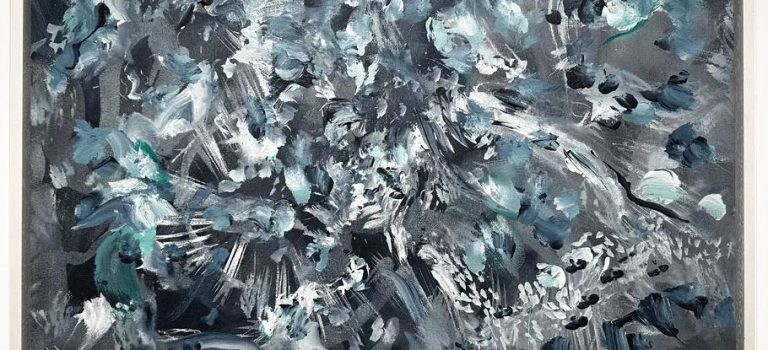Source: Artsy.
Among the most recent technological developments to shake up the digital art world is AI. Artificial intelligence tools, from large language models (LLMs) like ChatGPT to image generators like DALL-E, have the power to synthesize enormous amounts of data, automate some rote tasks, and even draw upon existing information in the public domain to create new expressions of digital “art” and text.
Since the COVID-19 lockdowns accelerated the art market’s transition to remote sales, collectors have warmed to tools like augmented reality simulators and online viewing rooms—or simply high-resolution imagery—to help them view and acquire works from afar.
Some artists such as Sougwen Chung and Anna Ridler have incorporated AI into their artistic practice, and for those in the commercial art world, mainstream AI-powered productivity tools are already being harnessed. Artsy spoke to a cross-section of the art market, including gallerists, advisors, auction houses, and entrepreneurs, to find out how they believe AI will impact buying activity in the market.
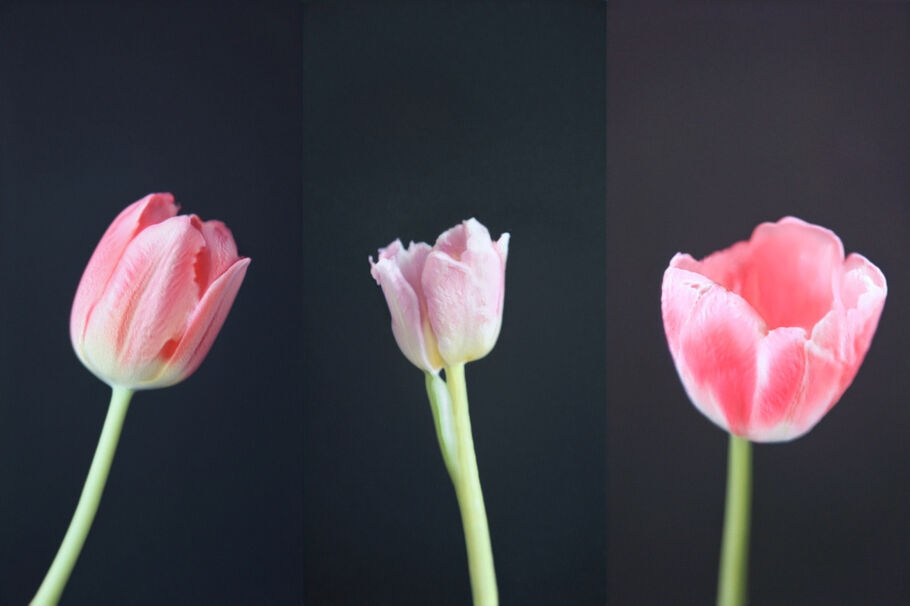
Anna Ridler
Mosaic Virus, 2018
A + T Espacio de Fundación Telefónica
On loan
Lee also notes that AI is used by gallery staff when corresponding with Korean artists to ensure the tone of their emails is appropriate for the recipient, depending on their age and generation. Many Asian languages require slight modifications to acknowledge the seniority of the person being addressed, for example.
As it stands, however, Tina Kim Gallery doesn’t foresee using AI for pricing considerations, according to Lee. She said the gallery has worked with enough artists at different stages in their careers to understand what the next steps for pricing should be in consultation with artists.
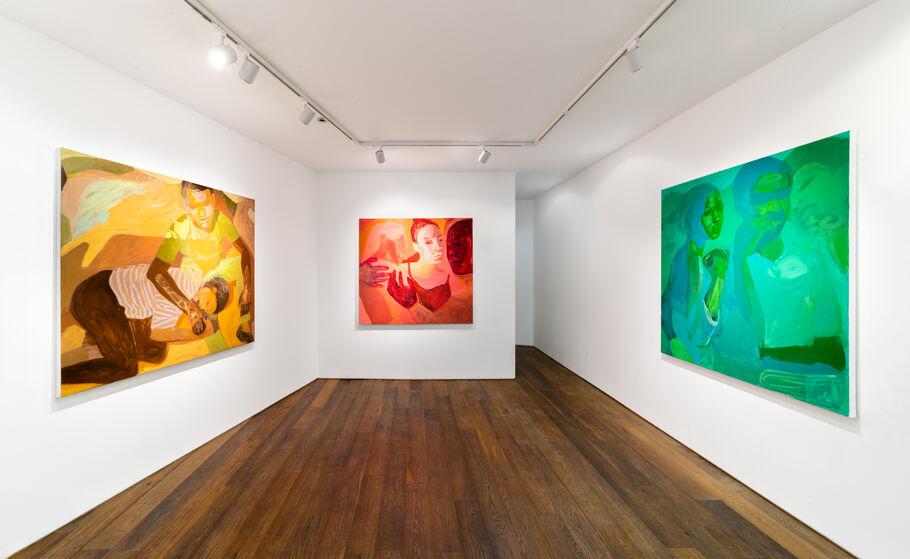
Tizta Berhanu, installation view of “Synthesis of Souls” at Addis Fine Art, London, 2023. Courtesy of Addis Fine Art and Lucy Emms.
Kirby also noted that larger galleries with more resourced teams will likely find it easier to upskill internally on AI and implement it sooner.
According to Dirk Boll, deputy chairman of 20th- and 21st-century art at Christie’s London, a key value of AI tools for auction houses is its power to mine and extract data. “We’ve been using it for almost a decade to prepare our cataloging and specialist work: preparation that, when I started at Christie’s, was done manually and took me several days,” he said. “Now, this is done in a nanosecond with computer aid, and edited and double checked manually by our teams.”
AI technology also enables Boll and his colleagues to understand collecting behavior, interpret market developments, and even track activities of public figures relevant to their work. “Our industry has to work with a small amount of data compared to others, so since we cannot broaden or increase the number of data points, as a niche market, we have to learn to make better use of that data,” he added.
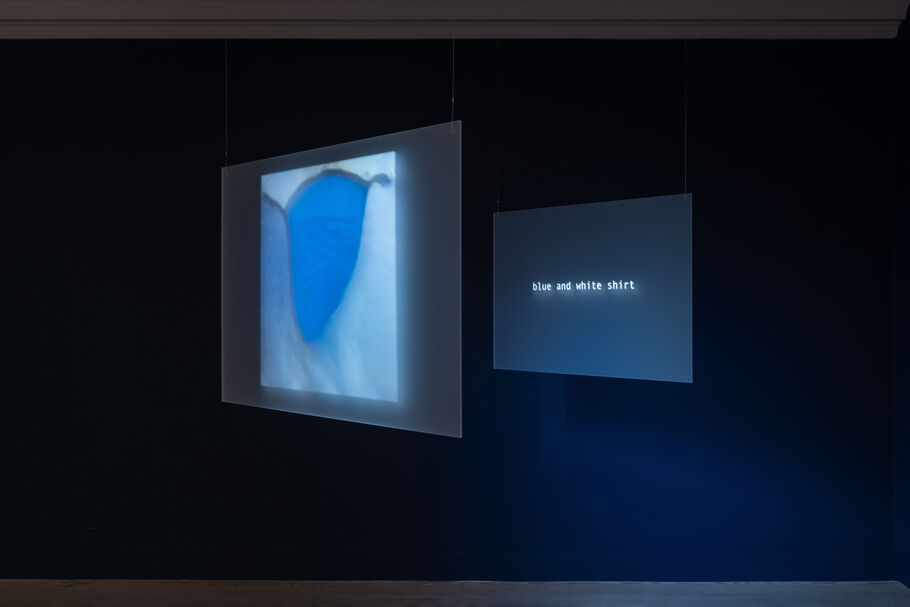
Jake Elwes
Closed Loop, 2017
Gazelli Art House
Price on request
For art advisor Alaina Simone, who works with several artists in the Caribbean, it’s important to recognize that technological progress and adoption doesn’t occur evenly across the art world—nor does underlying data accurately reflect all artists. “We have to be a bit nuanced in our approach to the technology and be considerate of places that don’t have access to it,” she said, adding that information about artists in more remote parts of the world may be limited or even nonexistent. “It doesn’t mean they don’t exist, it just means you need to get that information from another source.”
Sang Tanzer, founder of German AI art market data platform Sang.art, believes that AI can increase access to relevant art market information, help users make sense of existing data, and aid decision-making around art acquisition. “I want to democratize and bring transparency to the art market, because 99% of art lovers have no knowledge about the reasons to buy art as an investment,” he said.
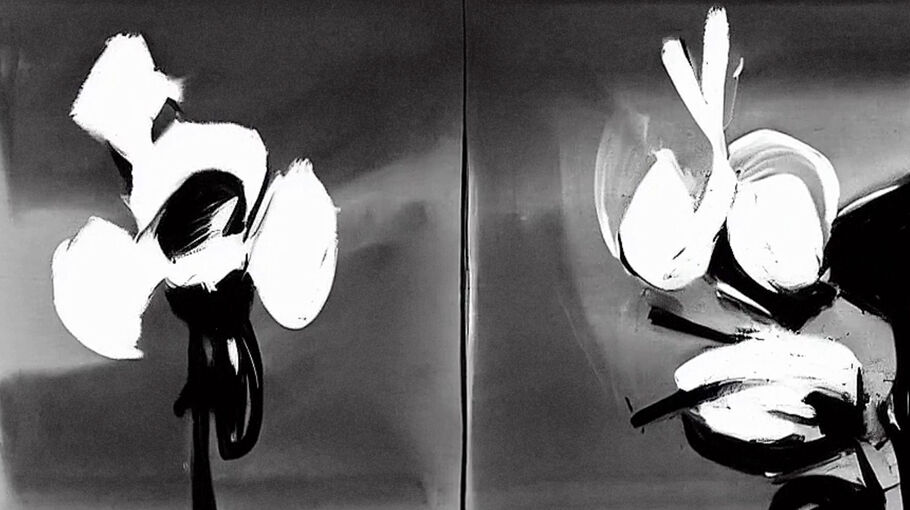
Linda Dounia
Written, 2023
Larsen Warner
However, the lack of public data surrounding primary-market sales is a limiting factor to such AI-enabled pricing aids, according to Addis Fine Art’s Kirby. “There is so much complexity, volatility, and uncertainty in how markets for different artists fluctuate, so I can’t imagine an accurate predictive model for that,” she said. “Long term, it may evolve into something viable, but the limited transparency in the market makes me nervous.”
“AI hasn’t replaced anything really, but it’s been working with everything. People might disagree, but I don’t see anything being fully exempt from AI’s touch,” said Lee from Tina Kim. “I see it as akin to having a smart coworker that’s with you forever, and we’ll get to a point when you won’t even be able to say whether you did it or your ‘coworker’ did.”








